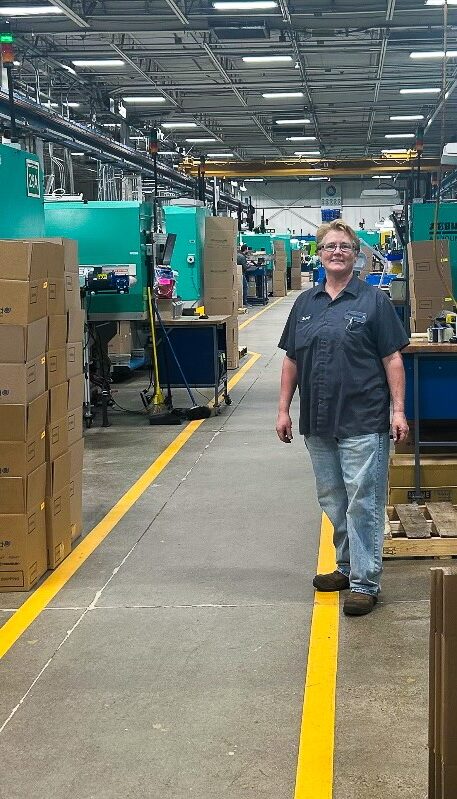The automotive world is undergoing a massive transformation. From traditional gasoline vehicles to electric cars and the rise of self-driving car technology, the way we travel is changing faster than ever. With innovations in autonomous vehicles and the growing popularity of driverless cars, experts predict a future where cars aren’t just machines we drive—they become intelligent companions on the road.
Understanding Autonomous Vehicles and Driverless Cars
The terms autonomous vehicles and driverless cars are often used interchangeably, but there are subtle differences. Autonomous vehicles refer to cars equipped with systems that can perform driving tasks independently, using advanced sensors, cameras, radar, and artificial intelligence. They can navigate, monitor surroundings, and make decisions without human input.
Driverless cars, on the other hand, usually describe vehicles that require little to no human intervention under certain conditions. While most modern cars are not yet fully driverless, many offer features such as adaptive cruise control, lane-keeping assist, and self-parking capabilities that pave the way toward complete autonomy.
The levels of autonomy are classified from Level 0 to Level 5:
- Level 0: No automation. The driver does everything.
- Level 1: Driver assistance like cruise control or lane centering.
- Level 2: Partial automation, e.g., Tesla Autopilot, where the car can control steering and speed, but the driver must stay alert.
- Level 3: Conditional automation, where the car can manage most tasks in certain conditions, but the driver must intervene when needed.
- Level 4: High automation, capable of driving itself in most environments without human intervention.
- Level 5: Full automation with no steering wheel or pedals—completely driverless.
Currently, most cars on the road are at Level 2, with testing for Levels 4 and 5 underway. Companies like Waymo, Tesla, and Cruise are leading the development of fully autonomous vehicles.
How Self-Driving Cars Work
Self-driving cars rely on a combination of technologies to operate safely and reliably. These include:
- LiDAR sensors: Use laser beams to create detailed 3D maps of surroundings.
- Radar and cameras: Detect obstacles, vehicles, pedestrians, and road signs.
- Artificial Intelligence (AI): Processes real-time data and makes driving decisions.
- High-definition maps: Help vehicles plan routes and navigate complex environments.
By integrating these technologies, self-driving cars can identify hazards, anticipate traffic patterns, and even make ethical decisions in emergencies. While the technology is impressive, it still faces challenges, including adverse weather conditions, unpredictable human behavior, and regulatory hurdles.
Benefits of Autonomous and Driverless Cars
The push toward autonomous vehicles isn’t just about novelty; it offers several real-world benefits:
- Enhanced Safety: Human error is responsible for over 90% of traffic accidents. By removing or reducing human involvement, self-driving cars could drastically reduce crashes.
- Improved Traffic Flow: Smart vehicles communicate with each other, optimizing traffic patterns and reducing congestion.
- Accessibility: Driverless cars provide mobility to people who cannot drive due to age, disability, or other limitations.
- Environmental Impact: Many autonomous vehicles are designed as electric cars, reducing carbon emissions and promoting sustainable transport.
- Efficiency and Productivity: Passengers can use travel time for work or leisure instead of focusing on driving.
The Rise of Electric Cars
While autonomous technology grabs headlines, the rise of electric vehicles (EVs) is equally transformative. Electric cars are powered entirely or partially by electricity, offering zero emissions and lower maintenance costs compared to traditional internal combustion engine vehicles.
Some of the best electric cars in the market today include:
- Tesla Model 3: Known for its impressive range and advanced autopilot features.
- Nissan Leaf: Affordable, reliable, and ideal for city driving.
- Ford Mustang Mach-E: Combines performance with modern electric technology.
- Hyundai Ioniq 5: Stylish design with rapid charging capabilities.
- Rivian R1T: An electric truck with off-road capabilities and innovative features.
These vehicles not only support a cleaner environment but also integrate seamlessly with autonomous technologies, paving the way for fully self-driving electric cars.
Challenges Facing Autonomous and Electric Vehicles
Despite the excitement, there are hurdles to widespread adoption:
- Regulatory and Legal Issues: Countries are still developing laws for autonomous vehicles, insurance policies, and liability in the event of accidents.
- Safety Concerns: While autonomous technology is advanced, incidents with self-driving cars have raised concerns about reliability in unpredictable situations.
- High Costs: Cutting-edge sensors and AI systems make autonomous vehicles expensive, though prices are expected to drop with mass production.
- Infrastructure Needs: EVs require charging stations, and autonomous cars benefit from innovative road systems and 5G connectivity.
The Future of Driving
The next decade promises remarkable changes in how we drive and experience vehicles. Self-driving cars, driverless vehicles, and electric cars will likely dominate the automotive landscape. Experts predict that by 2030, fully autonomous electric vehicles could become mainstream in urban areas, reshaping commuting, logistics, and personal mobility.
Moreover, autonomous and electric technologies are converging. Companies are designing vehicles that are both zero-emission and capable of fully autonomous operation, combining safety, efficiency, and sustainability. The vision is clear: cars that drive themselves, reduce accidents, minimize environmental impact, and make travel more convenient for everyone.
Conclusion
The era of autonomous vehicles and electric cars is not a distant dream—it’s happening now. From self-driving cars improving road safety to driverless vehicles providing mobility solutions and the best electric cars reducing emissions, the automotive world is evolving at an unprecedented pace.
For car enthusiasts, tech fans, and everyday drivers alike, staying informed about these innovations is crucial. As technology matures, the dream of innovative, safe, and sustainable driving is closer than ever.
Autoinfozone will continue to bring you the latest insights, reviews, and guides to Help you navigate this exciting journey toward the future of mobility.











